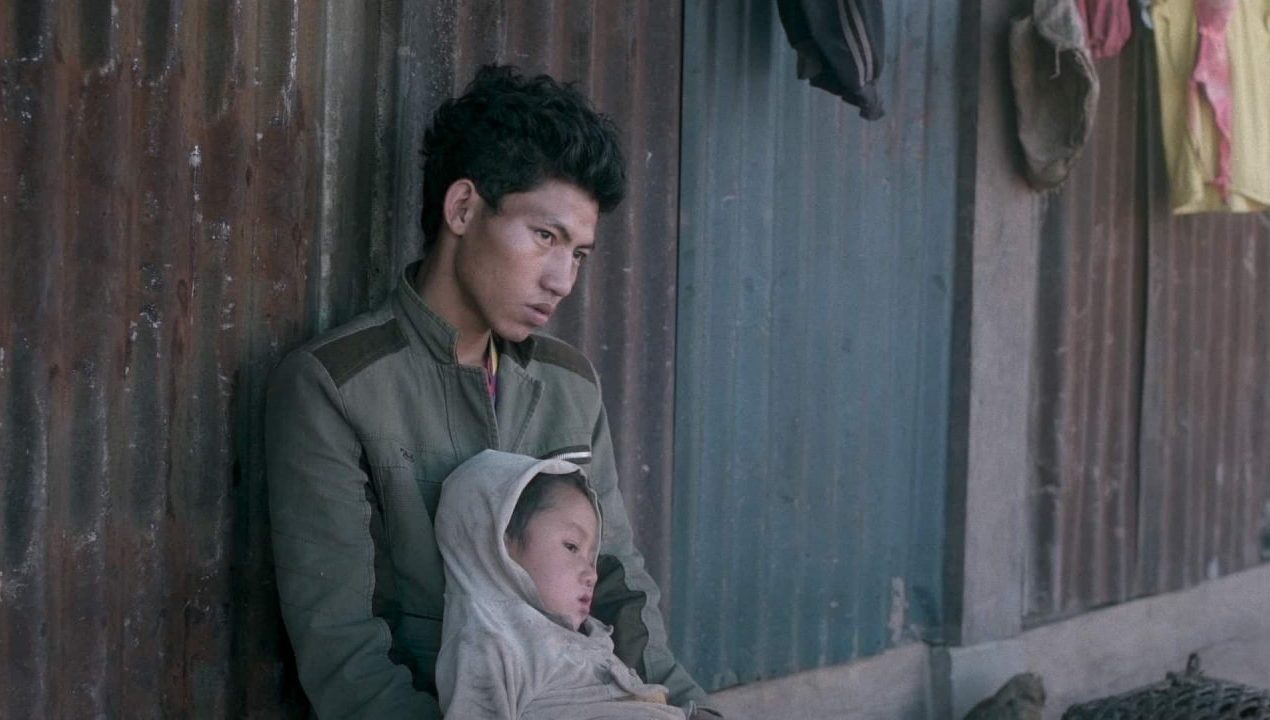There is one aspect of my work in the field of Slow Cinema, which I like more than anything else: the opportunity to travel the world via the eyes of filmmakers who listen to marginalised people around the globe. For the first time in ten years writing on the subject, I have been taking a trip to Laos, a country perhaps no one really knows much about. Perhaps the capital, at most. But when it comes to life in Laos, a small country in south-east Asia, with almost seven million inhabitants, we know nothing. Nicolas Graux . . .
Please register and become a member of The Arts of (Slow) Cinema or login to continue reading. I will not sell your data, I just want to protect my writing from the all-devouring AI bots.
